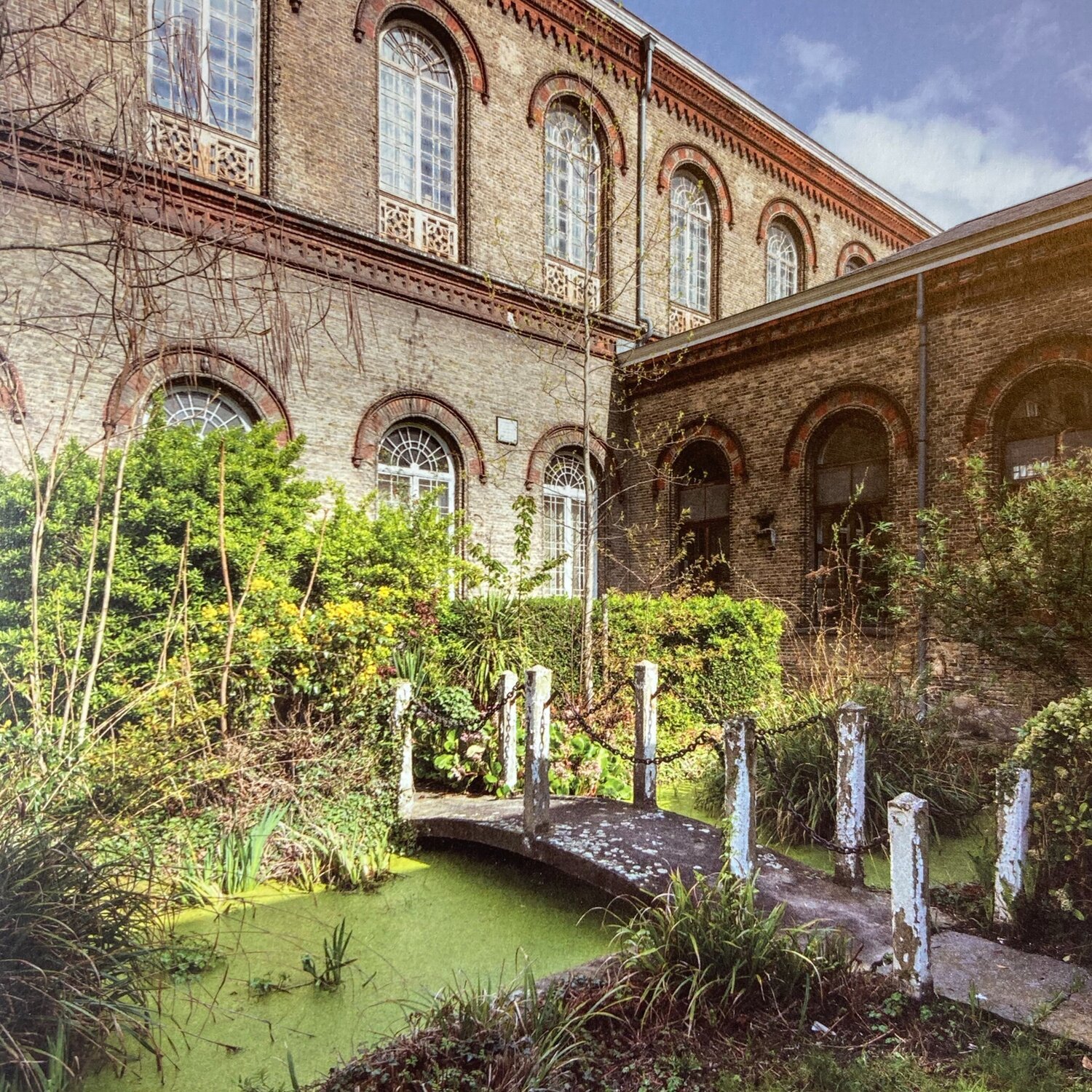
Psychological well-being is central to everything Guislain does. We are the oxygen, fuel the dialogue and break the stigma. A hospitable place for young people, immediate or distant neighbours and dreamers. We are contrarian, utopian, brutal, creative and playful. Every vote counts. Against the flow. Only in this way will Guislain be and become a unique laboratory, an abrasive experience, an international kick in the ass.
About the museum
The Museum Dr. Guislain fully subscribes to ICOM’s definition of a museum as ‘a non-profit, permanent institution in the service of society and its development, open to the public, which acquires, conserves, researches, communicates and exhibits the tangible and intangible heritage of humanity and its environment for the purposes of education, study and enjoyment’.
But there is more. Prejudice with regard to the practice of psychiatry does not only have repercussions on the way in which society organises this health care discipline. It can also greatly affect the specific individual with a mental disorder who only too often comes across difficulties in finding a place and meaning in society, as a self-reliant and integrated individual.
The museum particularly hopes to succeed in proving that the concepts of ‘madness’ or ‘psychiatric disorder’ are not purely medical. There is always a sociocultural and ideological structure behind them. Specifically these aspects can dramatically determine our attitude towards mental illness. The way in which psychiatry, as a part of Western medicine, in conjunction with the rest of society, approaches man, strongly determines the insights it gains and the impasses it reaches, as well as the way in which the newly acquired knowledge is translated into social initiatives. At the same time, that knowledge is an invitation to you, our visitor, to broaden and enrich your general view of man.
Although the scope of the Museum Dr. Guislain has in time gone furter than the history of psychiatry, the starting point for exhibitions and other activities has always remained questioning the distinction between normal and abnormal.
The old Guislain Asylum
Peter Joseph Triest (1760–1836) founded the congregations of the Sisters of Charity and the Brothers of Charity in the early 19th century, and later on the orders of the Brothers of Saint John of God and the Sisters of the Childhood of Jesus. With the help of the Brothers and the Sisters of Charity, he succeeded in dramatically changing the degrading situation in the insane asylums of Ghent, Hospice n°8 and Gerard the Devil’s Castle. He appointed the young physician Joseph Guislain (1797–1860), who had made a name for himself with his revolutionary, award-winning studies, as the head physician of both insane asylums in Ghent. This marked the start of a very fruitful cooperation between the two pioneers of psychiatric care in Belgium: Triest, who started care out of religious motives and a powerful spirit of charity, and Guislain, who enriched it and completed it with his scientific and therapeutic approach. One of the first results of their collaboration was an internal set of rules for the institutions. These were the first of their kind and determined how to treat the ill in a dignified and therapeutically correct fashion. And so, moral treatment was introduced to the Low Countries. The mentally insane were considered to be ill people, and the rules advocated the use of as little violence as possible and prescribed occupational therapy. Those same principles form the basis of the Mental Treatment Act, which Guislain and Edouard Ducpétiaux drew up in 1850, and which would constitute the legal framework until 1991. Even in the design of the new mental hospital, Guislain’s therapeutic principles, in collaboration with the Ghent city architect Adolphe Pauli, were translated into an architectural concept.
From hospital to museum
Photo: Stad Gent – Dienst Toerisme
Photo: Mirjam Devriendt
The current museum collection started with a small ‘key collection’, which is older than the actual museum itself. A number of old objects were preserved inside the walls of the Guislain Hospital and were put on display for certain special occasions such as open house days. Particularly the late 18th/early 19th century collection of instruments of coercion used in the Ghent madhouse for men was an eye catcher. The reactions from such temporary initiatives revealed both great ignorance and an equally great curiosity about the history of mental health care in general and psychiatry in particular. With the establishment of the Museum Dr. Guislain in 1986, this collection was presented as a permanent exhibition.



